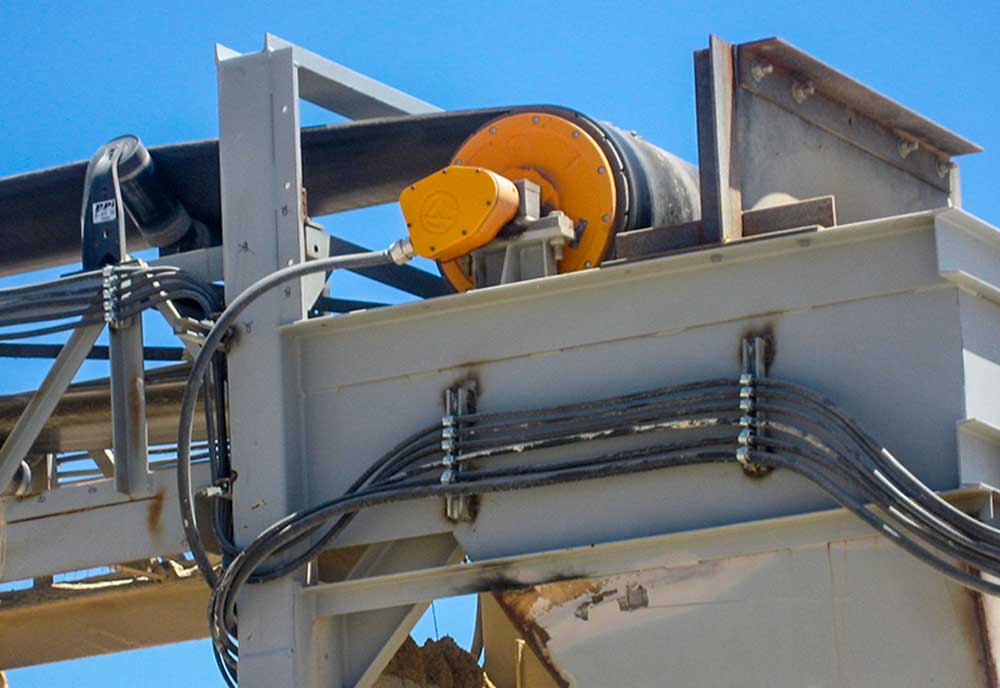
Drum Motors 101
A drum motor is a one-component conveyor drive where the motor, gear drive and all moving parts are enclosed inside the drum. The motor and gears operate in an oil bath ensuring proper lubrication and cooling. With no external motor, gear reducer, sprockets, chain or OSHA required chain guard, no external component maintenance is required. We asked Heavy Industry Drive Specialist Matthew Lepp at Van der Graaf to talk a little bit about the product.
What makes a drum motor special? Why is a drum motor superior to other types of motors?
The drum motor provides a number of features that are not typically found in conventional drive systems. By eliminating external components, a drum motor reduces the footprint of a conveyor drive, saving space. The reduction of components also results in a reduction of guarding requirements, making the drum motor a safer solution. With no external wear parts, a Van der Graaf drum motor requires only an oil change every 50,000 hours. Combined with an electrical savings of up to 30 percent, a drum motor provides a lower total cost of ownership compared to a conventional conveyor drive.
How is the manufacturing process for drum motors unique? How does Van der Graaf’s manufacturing capability contribute to making its drum motors a successful product?
Stringent quality control procedures are followed; testing every unit for a number of operating factors at several points through the process, including stator performance, sealing systems pressure tests, as well as noise and vibration confirmations. All electric motors are wound in-house, including a vacuum pressure impregnation or VPI, of every stator to optimize their design for variable frequency drive use as well as in high-vibration environments. Van der Graaf is the only drum motor manufacturer to use this stator life-extending process on every motor manufactured.
Why is an aggregates plant environment perfect for use of a drum motor?
Drum motors offer a number of benefits to aggregate plants. The compact design allows the units to work well in tight environments typically found in mobile equipment. With virtually zero maintenance, they can be used in hard to access places like stackers and elevated conveyors, without the need to regularly access them for bearing greasing or v-belt tensioning. Using mechanical sealing systems, we’re able to operate continuously in wet, dusty environments. With no contamination of internal parts, this contributes to a longer drive life. Our heavy-duty internal components are able to withstand the constant vibration and shock loading of an aggregate application with no additional gear or bearing wear.
Can a drum motor be easily retrofitted into the production process?
Typically installation requires four bolts for the mounting brackets and an electrical connection to the motor. The drum motor eliminates conventional motor and gearbox supports brackets, torque arms and most guarding. This facilitates retrofitting into the production process with minimal downtime and cost.
read the full article (Rock Products)
View original article